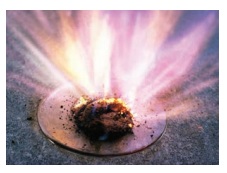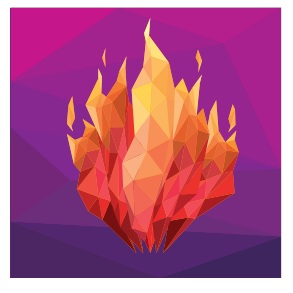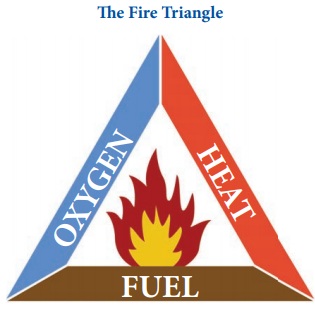Chemistry in Daily Life | Term 3 Unit 4 | 7th Science - Types of combustion | 7th Science : Term 3 Unit 4 : Chemistry in Daily Life
Chapter: 7th Science : Term 3 Unit 4 : Chemistry in Daily Life
Types of combustion
Types of combustion
There
are three main types of combustion.
They
are,
Rapid
combustion: It is a combustion process in which a substance burns rapidly and
produces heat and light with the help of external heat. E.g. Burning of LPG.
Spontaneous
combustion: Is combustion process in which a light without the help of external
heat.eg. Phosphorus burns spontaneously at room temperature.
Explosion:
It is a type of combustion in which a substance burns suddenly and produces
heat, light and sound with the help of heat or pressure. E.g. Explosion of
crackers.
CO-
Leads to respiratory problem
CO2-
Global warming
SO2/NO2
– Acid Rain

ACTIVITY
What happens when you add with these chemicals?
Sugar + Potassium permanganate+ Glycerin.

Answer:
(i) After adding sugar, potassium permanganate and glycerin to the
dish, immediately step back because spark and solid potassium permanganate will
be expelled from the dish.
(ii) When potassium permanganate mixes with glycerin, a redox
reaction starts. This reaction starts out really slow, but produces a lot of
heat, so it will start to speed up bit by bit. As the potassium permanganate
oxidises the sugar, it will speed up more and more until it finally starts to
smoke and after that it will ignite.
Characteristics of good fuel
*
Readily available
*
Cheap
*
Easy transport and store Burns at moderate rate
*
Produce large amount of heat
*
Do not leave behind any undesirable substances.
*
Does not cause pollution.

Slow combustion:
Slow combustion is a form of
combustion which takes place at low temperatures. Respiration is an example of
slow combustion.
Fire control:

The
conditions necessary for producing fire are,
*
Fuel
*
Air (to supply oxygen)
*
Heat (to raise the temperature of the fuel beyond its ignition temperature)
*
Fire can be controlled by removing any oneor more of these conditions.
Related Topics